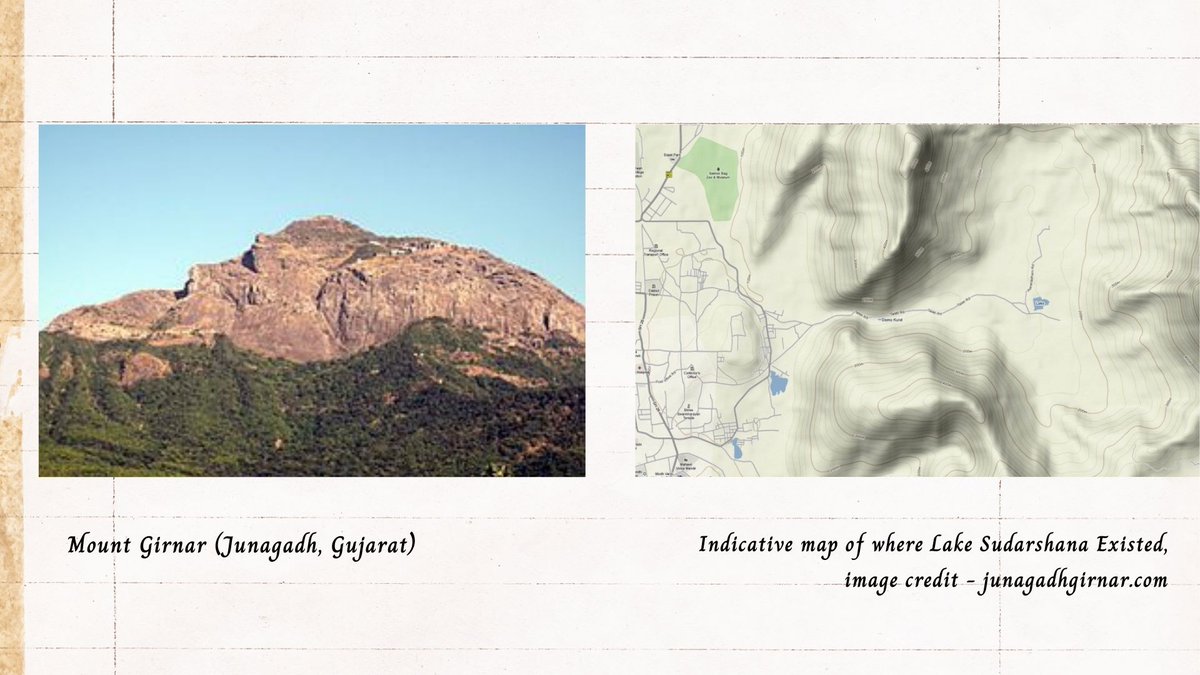
The 18 Parvans of Mahabharata
-
"A Parvan is a neat division of a story, and "Parva" also implies गति, which in this context means progression"
The epic of Mahabharata is divided in 18 parvans, & this is a compilation of three threads that reveal what each parvan consists of.
-
"A Parvan is a neat division of a story, and "Parva" also implies गति, which in this context means progression"
The epic of Mahabharata is divided in 18 parvans, & this is a compilation of three threads that reveal what each parvan consists of.
A thread explaining the Parvans 1-6:
1. Adi Parvan
2. Sabha Parvan
3. Aranyaka Parvan
4. Virata Parvan
5. Udyog Parvan
6. Bhishma Parvan
1. Adi Parvan
2. Sabha Parvan
3. Aranyaka Parvan
4. Virata Parvan
5. Udyog Parvan
6. Bhishma Parvan
https://twitter.com/BhandarkarI/status/1401847282308325378
A thread covering Parvans 7-12 -
1. Drona Parvan
2. Karna Parvan
3. Shalya Parvan
4. Sauptika Parvan
5. Stree Parvan
6. Shanti Parvan
1. Drona Parvan
2. Karna Parvan
3. Shalya Parvan
4. Sauptika Parvan
5. Stree Parvan
6. Shanti Parvan
https://twitter.com/BhandarkarI/status/1402195302476488707
A thread that covers the last 6 (13-18) Parvans -
1. Anushasana Parvan
2. Ashvamedhika Parvan
3. Ashramvasika Parvan
4. Mausala Parvan
5. Mahaprasthanika Parvan
6. Swargarohana Parvan
1. Anushasana Parvan
2. Ashvamedhika Parvan
3. Ashramvasika Parvan
4. Mausala Parvan
5. Mahaprasthanika Parvan
6. Swargarohana Parvan
https://twitter.com/BhandarkarI/status/1402524953715515402
On June 1st, we announced that through the month of June we'll celebrate the grand epic of Mahabharata.
You can also check the hashtag #IncredibleMahabharata to discover our posts. We will re-share some of them too.
It's been a great month & thank you all for participating.
You can also check the hashtag #IncredibleMahabharata to discover our posts. We will re-share some of them too.
It's been a great month & thank you all for participating.
• • •
Missing some Tweet in this thread? You can try to
force a refresh






